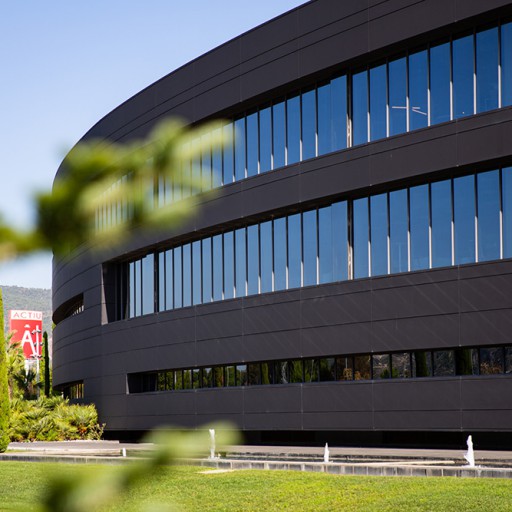The world of biomaterials is in a constant state of excitement. Any natural resource can be transformed into an innovative product that helps make the planet cleaner and safer. Here is a small selection of some of the most curious and interesting biomaterials.
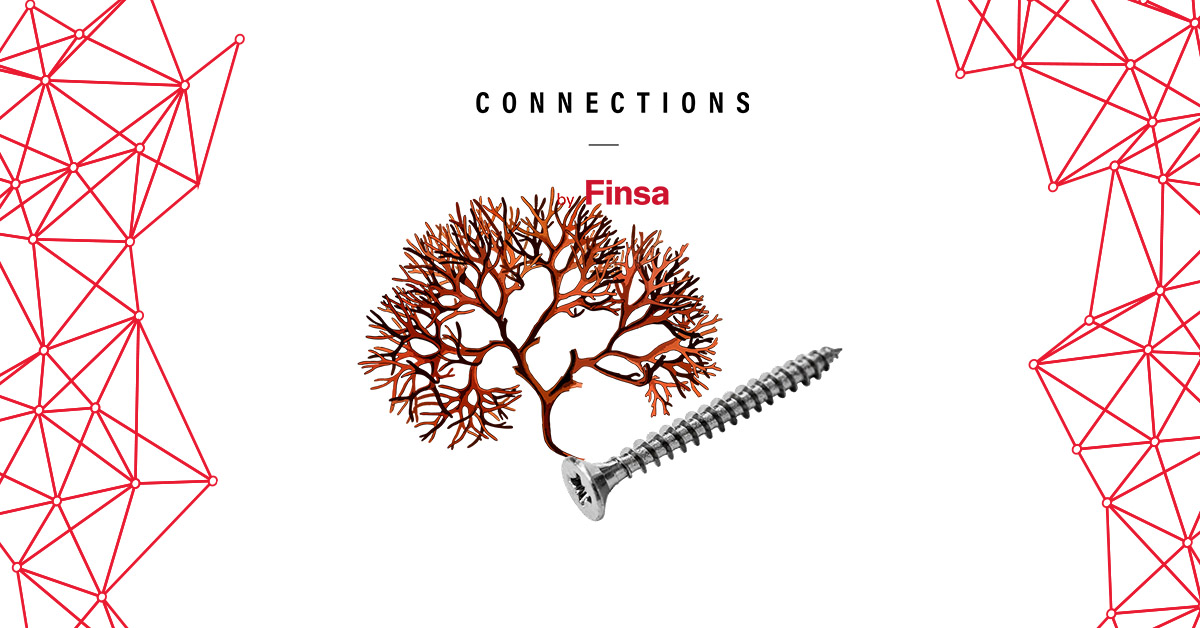
Panels and High Fashion with Mycelium
Mycology is an unexplored universe when it comes to its application in creating biomaterials. Who would have thought that mycelium, the root-like structure responsible for absorbing nutrients from the soil to feed fungi, could give rise to medium-density composite panels that are 100% biodegradable for interior cladding? Mycelium is naturally cultivated and acts as a sort of substrate glue, transforming it into a new material that is then dried and compressed at high temperature and pressure.
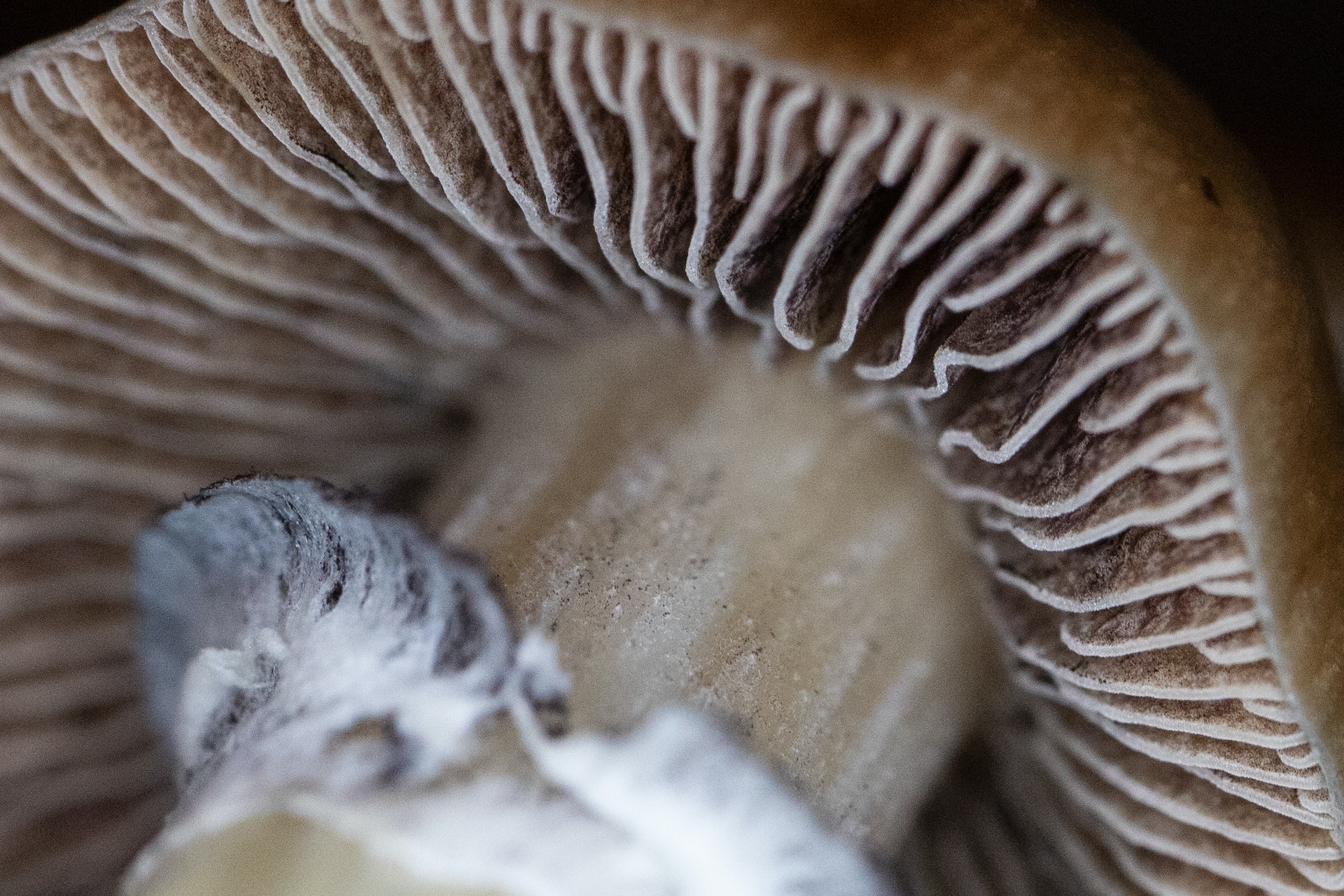
Due to its elasticity, it is possible to create sustainable vegan leather with it. It is waterproof, non-toxic, and fire-resistant. Adidas has used it to create the world’s first athletic shoes made from mushrooms, the Stan Smith Mylo. Designer Stella McCartney has also used it for a dress and handbags.
Ver esta publicación en Instagram
Ver esta publicación en Instagram
Regenerating Bones with Shark Teeth
It is called Biofast, and it’s a porous bioceramic made from shark teeth. It primarily contains calcium and phosphorus, with smaller amounts of other chemical elements such as iron and magnesium. Its unique physicochemical and morphological characteristics promote the colonization of bone cells and stimulate their proliferation.
It is used in the osteointegration of metal prostheses, to repair fractures, fill bone defects in the skull and face, and in spinal fusion surgeries. This biomaterial is the result of research by the New Materials group at IIS Galicia Sur and the University of Vigo.
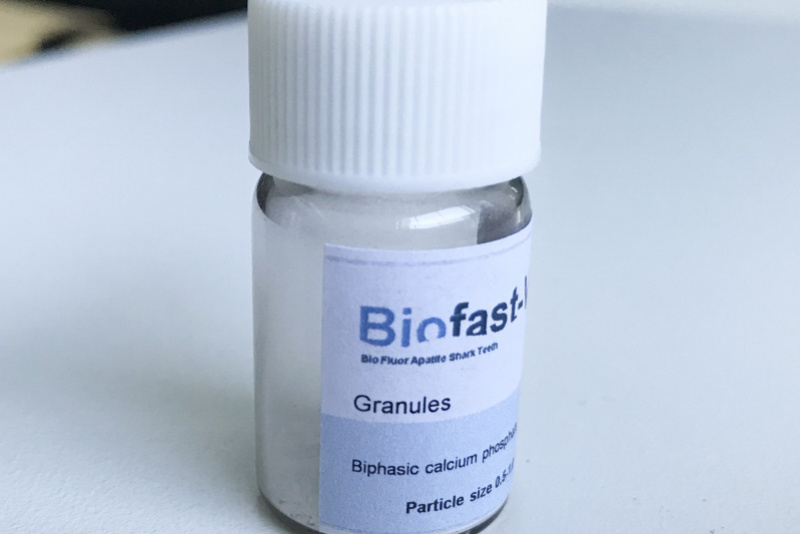
A New Fabric with Milk Fiber
From the combination of merino wool and organic milk protein fiber, D-Leite is born, a new handmade and natural fabric used to create a soft baby blanket. The embroidery is done using natural dyes made from food waste and native plants such as blackberries or onion skins. This creation is the work of designer Inés Rodríguez and her studio RiR&Co.
Ver esta publicación en Instagram
Rice-Based Clay for Coatings and Tiles
This traditional biomaterial is called Ecoclay because it combines clay with ecological properties. It is a 100% natural material with a long history of use spanning thousands of years, offering high performance in terms of its properties. It can regulate humidity, increase energy savings due to its high thermal inertia, improve odor absorption, and serve as an effective insulator and acoustic absorber.
Ver esta publicación en Instagram
Another construction biomaterial has enabled the production of plant-based tiles by combining a polyester-based polymer with 25% rice husks obtained from milling facilities. The rice husks are dried, mixed with the polymer, and then molded to create the tiles. This product offers a wide range of shapes, colors, and dimensions.
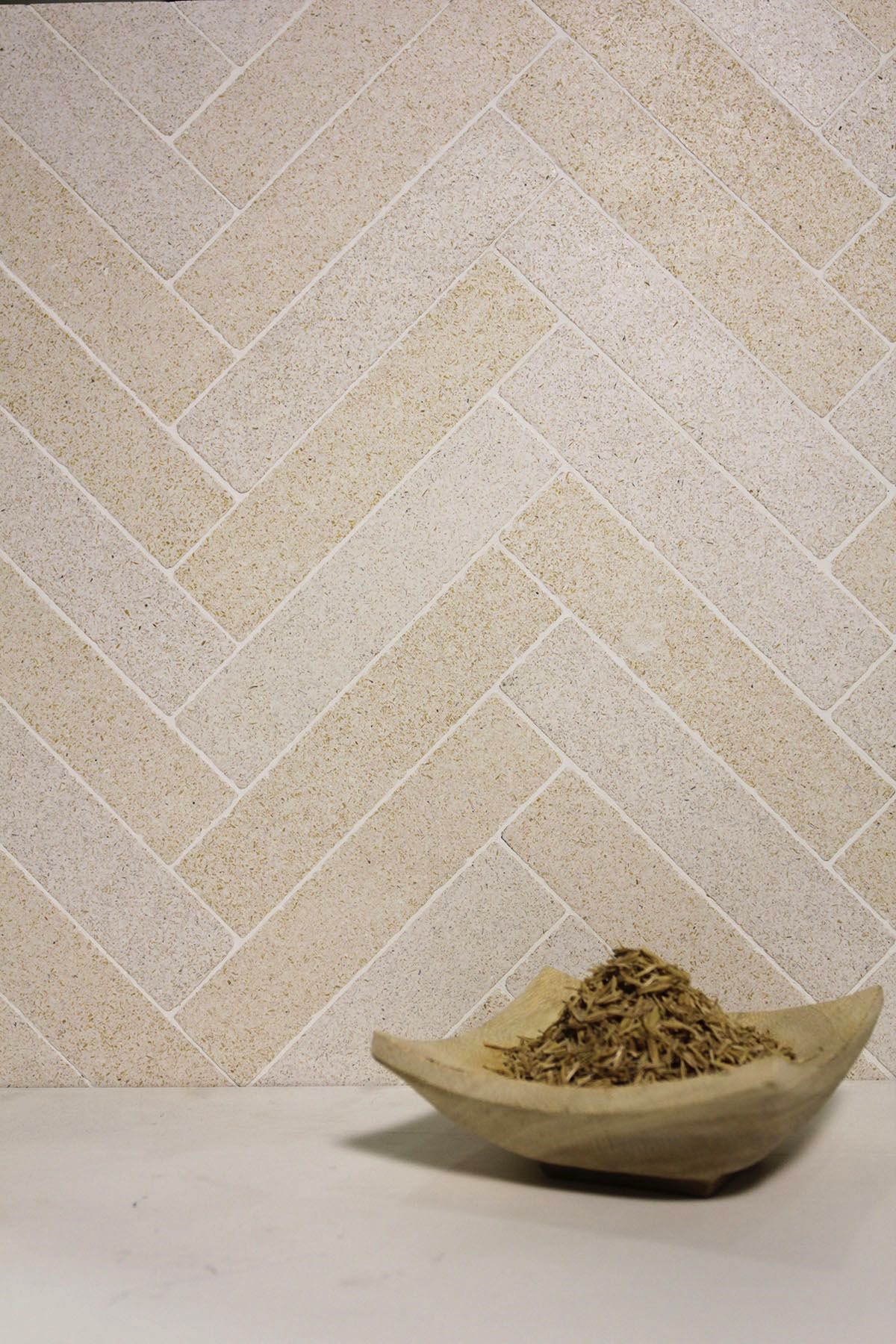
Packaging with Algae Sheets and Biopolymers
Enzymatic extraction, ultrafiltration, and drying of algae have resulted in an innovative material in the packaging industry that can be obtained as sheets or powder, depending on the drying process. It is used in the production of biodegradable packaging.
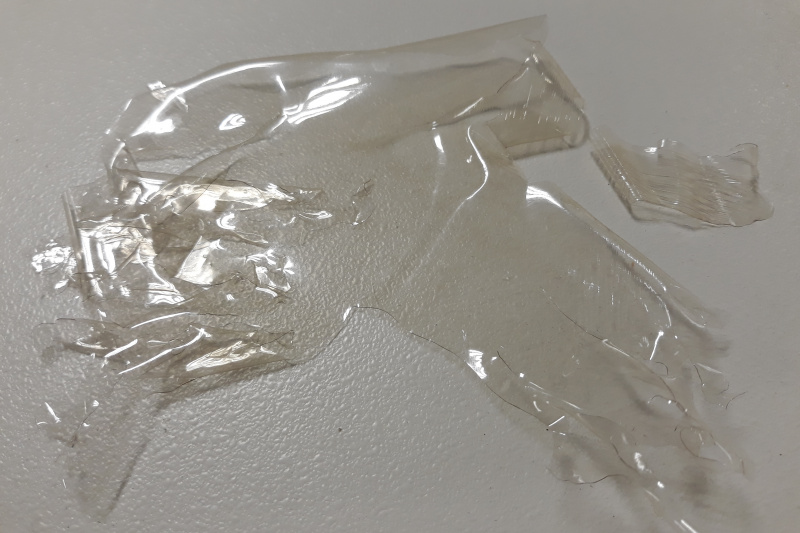
Another alternative packaging biomaterial to plastic is called Metallized Tipa, a natural solution created by the Israeli company Tipa Corp. It incorporates 65% biopolymers and is fully compostable in less than three months once discarded. The product is suitable for storing fresh food and snacks, as well as for wrapping garments or magazines. Additionally, it can be metallized and printed on.
Ver esta publicación en Instagram
Ver esta publicación en Instagram
Ver esta publicación en Instagram




